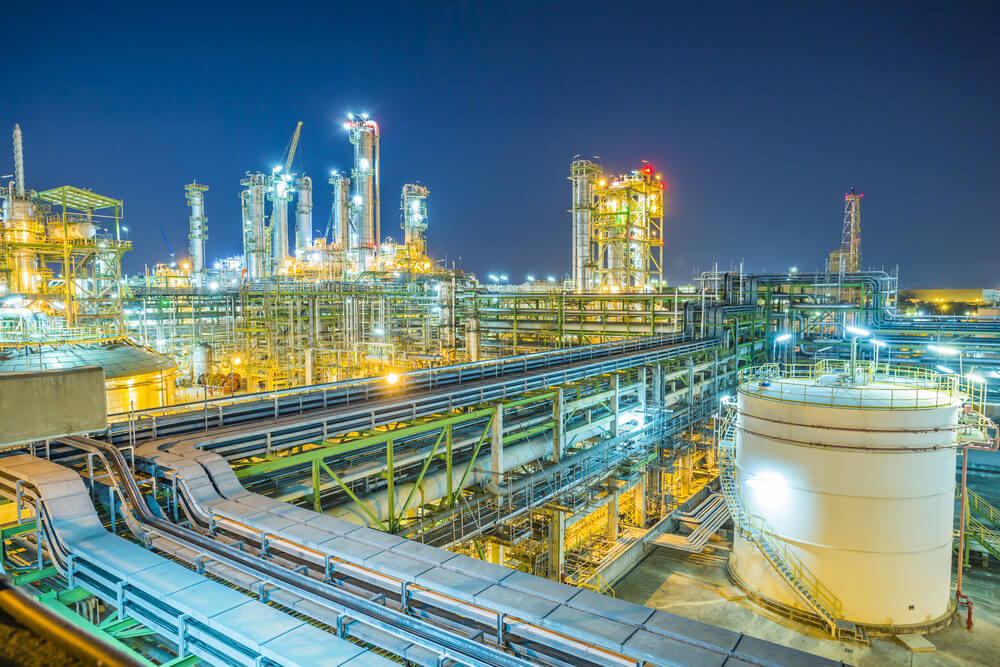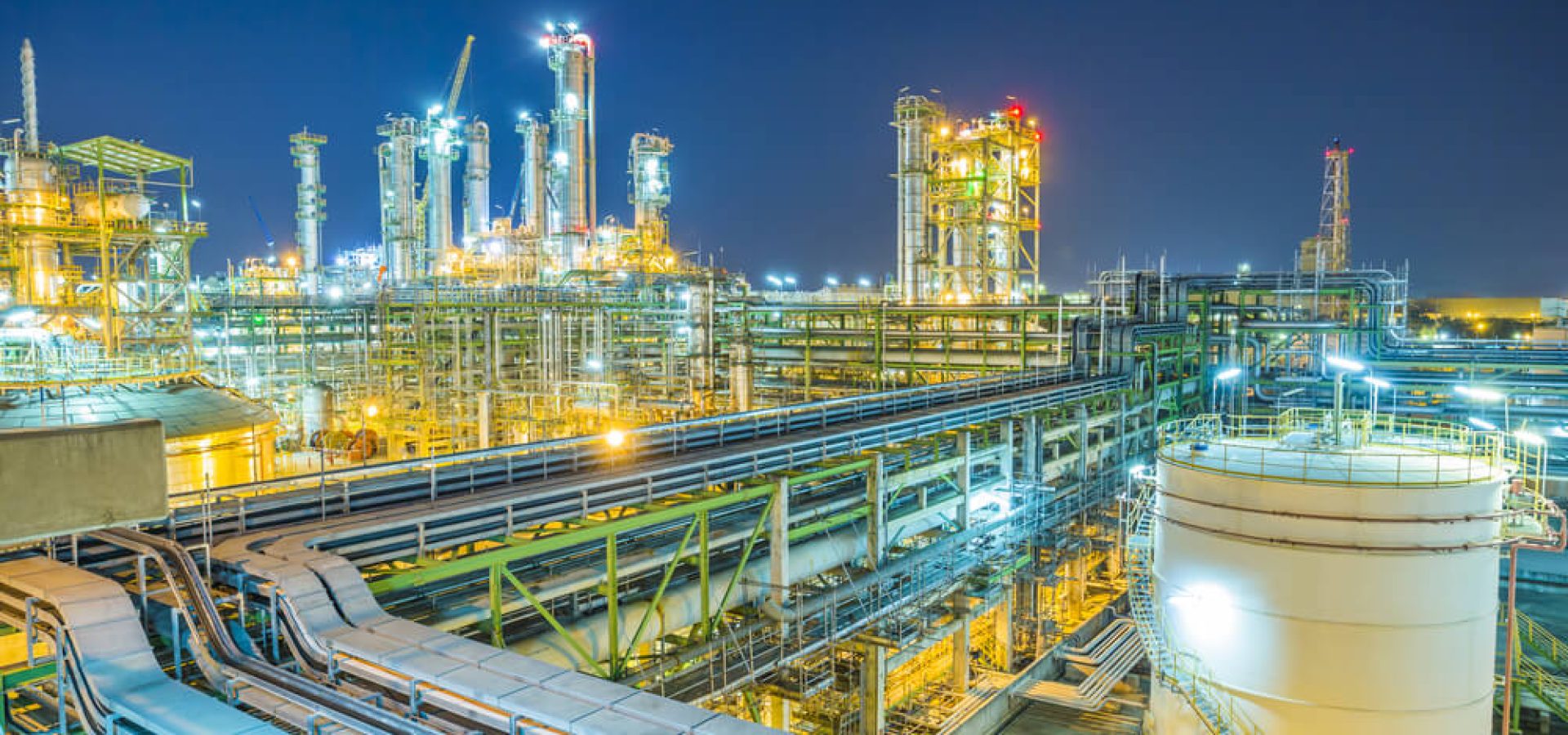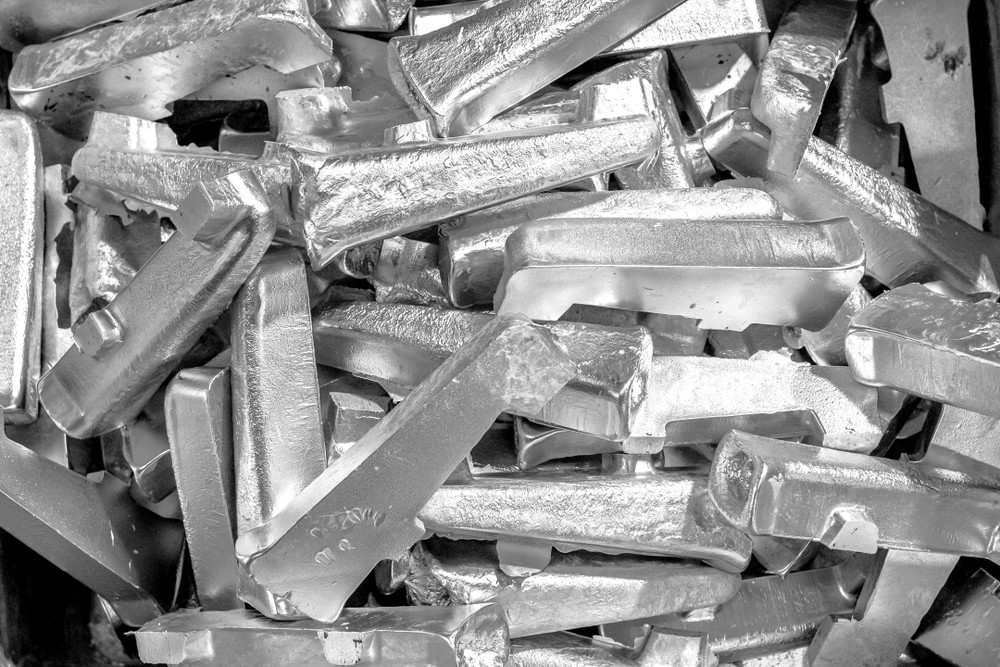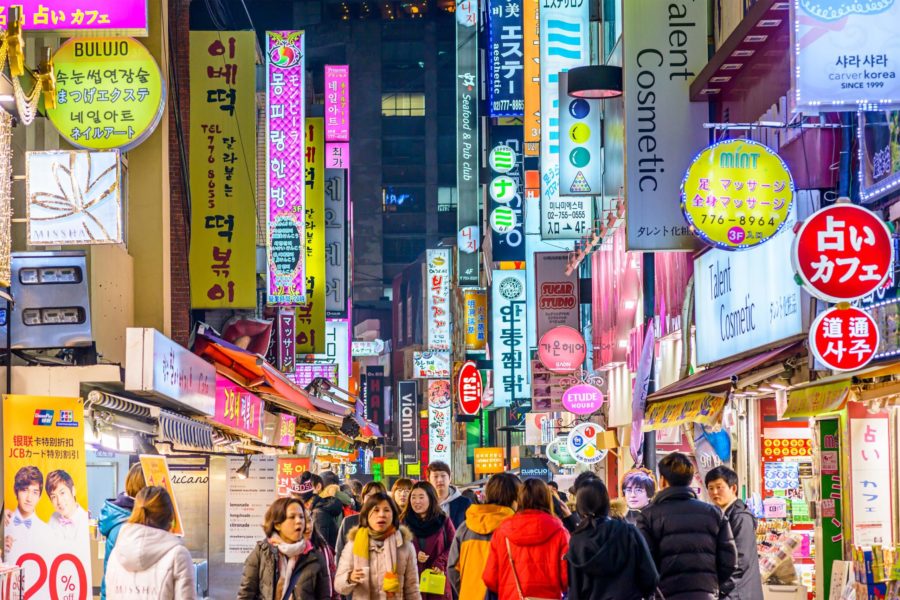
Sedari’s fishermen are still grounded by the massive spill. It was weeks after an unexpected stream of crude oil from a tank. It has emitted an inky stain across 12 miles of shoreline that is home to a dozen villages.
A resident affected by the incident stated, “There’s no point going out there.” He said of the polluted waters, “There are no fish to catch.”
Indonesia is now competing with a man-made environmental tragedy as the oil spill remained. It is also a country prone to earthquakes, volcanic eruptions, and tsunamis.
Moreover, the slow and blurred response to the spill by the state-owned energy behemoth Pertamina has only worsened the effects of the initial leak that started in mid-July.
Head of Greenpeace Indonesia, Leonard Simanjuntak, said, “The problem has been handled slowly, causing it to escalate.”
He also added, “For sure, an environmental disaster has occurred.”
Residents in the country are seeking for help and guidance to which they can open their concerns.
After all, it is a country where the eruption of the world’s biggest mud volcano happened by a gas-drilling catastrophe. All due to a company associated with a politically influential director, which has gone unpunished.
More than a decade has passed, and that mudflow has buried an area double the size of Central Park and is still emitting toxic dirt.
Most of Indonesia’s fishermen hardly make a living from the sea bounty of the world’s largest archipelago nation.
Income Difficulties of the Residents
Income streams have dried up. It is an outcome of the oil spill that greatly had an impact on the people.
Along the beach in Sedari is where the stench of oil hangs heavy.
Travelers splashing in the surf have been replaced by workers in protective gear collecting the blackened sand.
Trucks with “toxic” stickers line the road, ready to take away the contaminated ground.
A person whose son was affected from the oily reek, Darsiyah, said, “It used to be lively here, but now it is dead.”
She also added, “I don’t know how much longer we can survive.”
The problem began on July 12, when a pressure has imbalanced in a well drill hole. It is under one of Pertamina’s offshore platforms northwest of Java that has triggered a stream of crude oil to gush from the well.
Three days later, an oily wax began to appear on the surface of the Java Sea. It is along with threatening gas bubbles.
Pertamina that time also confessed it had an emergency on its hands.
By July 18, the oil spill had extended more than a mile. Since then, 12 villages in the districts of Karawang and Bekasi have been devastated by a jelly oil covering about 12 miles of shoreline.
The stated places are satellite cities of the capital, Jakarta.
The spill has polluted more than 200 square miles of water, damaging mangrove forests and waterways.
An investigation by Indonesia’s Ministry of Environment and Forestry has been made into the latest disaster. It has found out that the pipeline project did not have early warning and monitoring systems.
The warning could have immediately alerted Pertamina to changes in the pipeline’s pressure level.
Pertamina also missed valuable hours before telling government agencies that it had a disaster on its hands.









COMMENTS